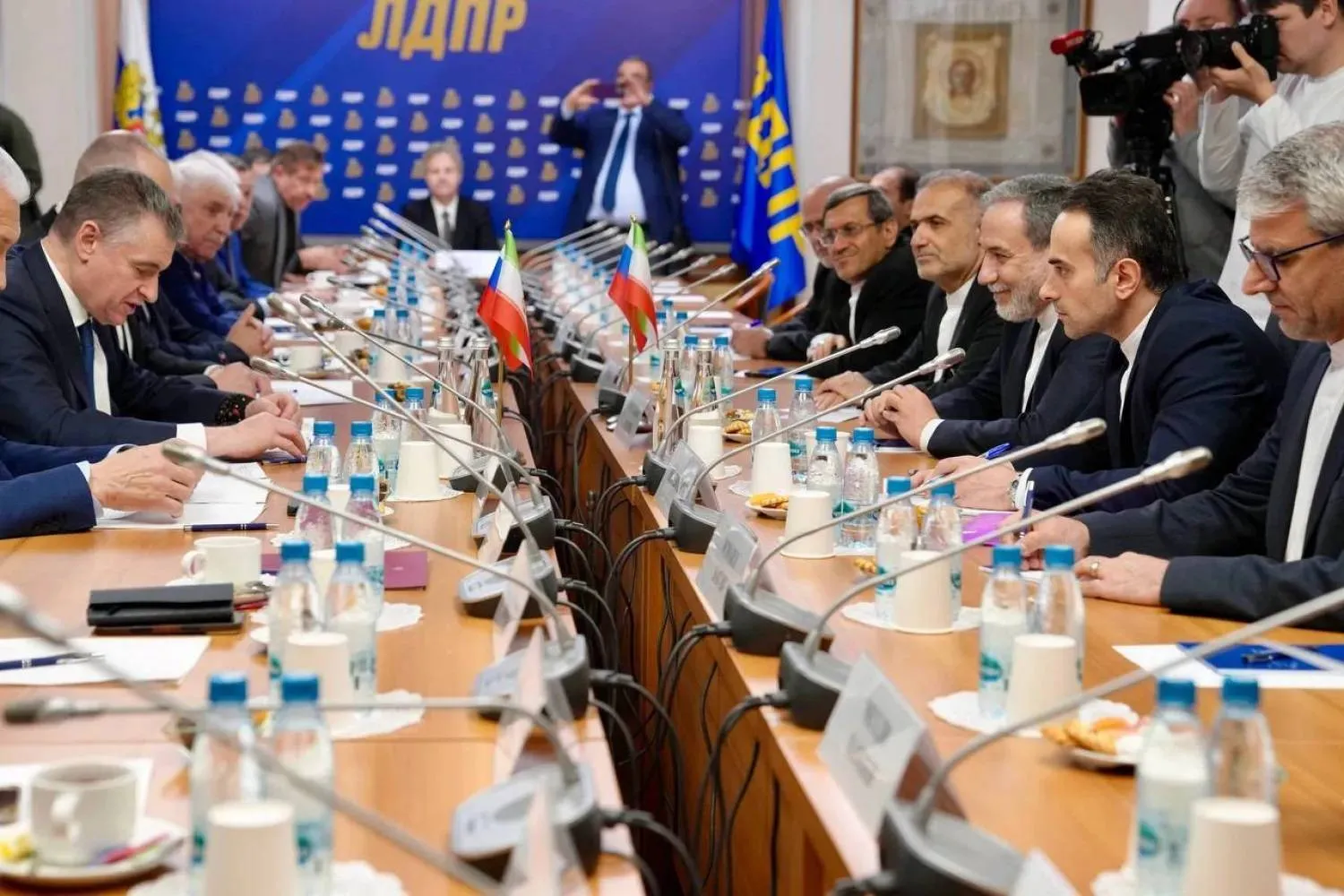A dire shortage of infantry troops and supply routes coming under Russian drone attacks are conspiring against Ukrainian forces in Pokrovsk, where decisive battles in the nearly three-year war are playing out — and time is running short.
Ukrainian troops are losing ground around the crucial supply hub, which lies at the confluence of multiple highways leading to key cities in the eastern Donetsk region as well as an important railway station.
Moscow is set on capturing as much territory as possible as the Trump administration is pushing for negotiations to end the war and recently froze foreign aid to Ukraine, a move that has shocked Ukrainian officials already apprehensive about the intentions of the new US president, their most important ally. Military aid has not stopped, Ukrainian President Volodymyr Zelenskyy has said.
Ukrainian soldiers in Pokrovsk said that Russian forces switched tactics in recent weeks, attacking their flanks instead of going head-on to form a pincer movement around the city. With Russians in control of dominant heights, Ukrainian supply routes are now within their range. Heavy fog in recent days prevented Ukrainian soldiers from effectively using surveillance drones, allowing Russians to consolidate and take more territory.
Meanwhile, Ukrainian commanders say they do not have enough reserves to sustain defense lines and that new infantry units are failing to execute operations. Many pin hopes on Mykhailo Drapatyi, a respected commander recently appointed by Ukrainian President Volodymyr Zelenskyy as ground forces chief, to shift the dynamic and counterattack.
“The war is won by logistics. If there is no logistics, there is no infantry, because there is no way to supply it,” said the deputy commander of the Da Vinci Wolves battalion, known by the call sign Afer.
“(Russians) have learned this and are doing it quite well."
Poor weather at the worst time
A combination of factors led Kyiv to effectively lose the settlement of Velyka Novosilka this past week, their most significant gain since seizing the city of Kurakhove in the Donetsk region in January.
Scattered groups of Ukrainian soldiers are still present in Velyka Novosilka’s southern sector, Ukrainian commanders said, prompting criticism from some military experts who questioned why the higher command did not order a full withdrawal.
The road-junction village is 15 kilometers (9 miles) from the neighboring Dnipropetrovsk region, where authorities have begun digging fortifications for the first time since Russia's full-scale invasion in February 2022, anticipating further Russian advances.
Russia amassed a large number of infantry around Velyka Novosilka, soldiers there said. As heavy fog set in in recent days, Ukrainian drones “barely worked” to conduct surveillance, one commander near Pokrovsk told The Associated Press. Long-range and medium-range surveillance was impossible, he said. He spoke on condition of anonymity in order to speak freely about sensitive military matters.
“Because of this, the enemy was amassing forces ... taking up positions, digging in. They were very good at it,” he said.
It was at that fateful moment that Russian forces launched a massive attack: Up to 10 columns of armored vehicles, each with up to 10 units, moved out from various directions.
Ukrainian logistics in peril
Key logistics routes along asphalted roads and highways are under direct threat from Russian drones as a result of Moscow's recent gains, further straining Ukrainian troops.
Russian forces now occupy key dominant heights around the Pokrovsk region, which allows them to use drones up to 30 kilometers (18 miles) deep into Ukrainian frontlines.
The Pokrovsk-Pavlohrad-Dnipro highway is “already under the control of Russian drones,” said the commander at Pokrovsk’s flanks. Russian forces are less than 4 kilometers (2 1/2 miles) away and are affecting Ukrainian traffic, he said. “Now the road is only 10% of its former capacity,” he said.
Another paved highway, the Myrnohrad-Kostyantynivka road, is also under Russian fire, he said.
This also means that in poor weather, military vehicles, including armored personnel carriers, tanks and pickup trucks, have to trudge through the open fields to deliver fuel, food and ammunition, as well as evacuate the wounded.
In a first-aid station near Pokrovsk, a paramedic with the call sign Marik said evacuating wounded soldiers once took hours, now it takes days.
“Everything is visible (by enemy drones) and it is very difficult,” he said.
New recruits are unprepared
Ukrainian soldiers in Pokrovsk said shortages of fighting troops are “catastrophic” and challenges are compounded by newly created infantry units that are poorly trained and inexperienced, putting more pressure on battle-hardened brigades having to step in to stabilize the frontline.
Afer, the deputy commander, complained that new recruits are “constantly extending the frontline because they leave their positions, they do not hold them, they do not control them, they do not monitor them. We do almost all the work for them.”
“Because of this, having initially a 2-kilometer area of responsibility, you end up with 8-9 kilometers per battalion, which is a lot and we don’t have enough resources,” Afer said. Drones are especially hard to come by for his battalion, he said, adding they only have half of what they need.
“It’s not because they have lower quality infantry, but because they are completely unprepared for modern warfare,” he said of the new recruits.
His battalion has almost no reserves, forcing infantry units to hold frontline positions for weeks at a time. For every one of his soldiers, Russians have 20, he said, emphasizing how outnumbered they are.
Back at the first-aid station, a wounded soldier with the call sign Fish was recovering from a leg wound sustained after he tried to evacuate a fallen comrade. He had moved him from a dugout to load him into a vehicle when the Russian mortar shell exploded nearby.
“We are fighting back as much as we can, as best as we can,” he said.









